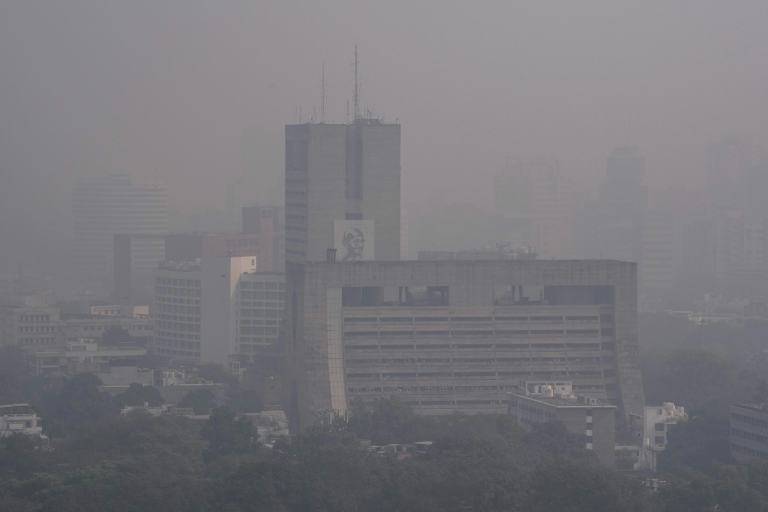Chemical pollution is no longer a distant threat confined to industrial zones — it’s everywhere. From the air we breathe to the rain that falls, our environment is increasingly contaminated with harmful compounds. In 2025, two major environmental hazards have dominated the conversation: PFAS contamination (the so-called forever chemicals) and the troubling resurgence of acid rain, now carrying traces of toxic substances.
These pollutants are not only devastating ecosystems but also posing severe risks to human health and global food security. The urgency to tackle this crisis has never been greater.
What is Chemical Pollution?
Chemical pollution occurs when harmful substances are introduced into the environment in concentrations that cause adverse effects to humans, wildlife, and ecosystems.
Major Sources of Chemical Pollution
- Industrial wastewater containing heavy metals, solvents, and PFAS
- Agricultural runoff with pesticides and fertilizers
- Emissions from fossil fuel combustion
- Plastic and microplastic production releasing toxic additives
- Mining operations releasing mercury, arsenic, and other pollutants
PFAS – The “Forever Chemicals” Threat
PFAS (Per- and Polyfluoroalkyl Substances) are synthetic compounds used in everything from nonstick cookware to firefighting foam. Their nickname, “forever chemicals,” comes from their extreme persistence in the environment — they don’t break down naturally.
Why PFAS Are Dangerous
- Health risks: Linked to cancer, immune suppression, liver damage, and hormonal disruption
- Environmental impact: Contaminate soil, water, and even precipitation
- Global spread: Found in remote Arctic snow and deep ocean waters
In recent years, major corporations such as DuPont and Chemours have faced multi-billion-dollar lawsuits over PFAS contamination, prompting stricter regulations worldwide.
Acid Rain’s Return — Now with PFAS
Acid rain, caused by sulfur dioxide (SO₂) and nitrogen oxides (NOₓ) reacting with water vapor, was largely under control thanks to environmental regulations. However, researchers are now finding PFAS in rainwater, compounding its impact.
Impacts of Acid Rain with PFAS
- Acidifies lakes and rivers, harming fish and aquatic plants
- Damages crops and degrades soil fertility
- Corrodes buildings and infrastructure
- Adds toxic chemical exposure to already stressed ecosystems
This dangerous combination means acid rain is no longer just an atmospheric issue — it’s now a carrier for persistent organic pollutants.
Key Impacts of Chemical Pollution
1. Human Health Risks
Exposure to chemical pollutants can lead to:
- Respiratory diseases
- Cardiovascular problems
- Neurological disorders
- Cancer and immune system weakening
2. Biodiversity Loss
Chemical contamination disrupts reproductive cycles in wildlife, kills sensitive species, and causes genetic mutations.
3. Economic Costs
Billions are spent annually on water treatment, healthcare, and environmental cleanup. Contaminated farmland also reduces agricultural productivity.
Innovations & Pollution Control Methods
1. Green Nanotechnology
Advanced nanomaterials can remove PFAS and heavy metals from wastewater more efficiently than traditional filters.
2. Biodegradable Biofilm Technology
Developed by scientists in India, this technology uses eco-friendly films to absorb and neutralize toxic chemicals.
3. Policy & Legal Action
Governments are setting stricter limits on PFAS levels in drinking water and increasing penalties for illegal industrial discharges.
4. Community Monitoring
Citizen science projects now allow communities to track local air and water quality using affordable sensors.
What We Can Do?
Government Actions:
- Enforce stricter emission and waste disposal standards
- Fund cleanup projects for contaminated areas
Corporate Responsibility:
- Shift to PFAS-free manufacturing
- Implement sustainable wastewater management
Individual Actions:
- Reduce use of nonstick cookware and stain-resistant fabrics
- Support legislation targeting toxic chemical bans
- Properly dispose of household chemicals
Conclusion — The Path Forward
The chemical pollution crisis of 2025 is a stark reminder that environmental threats evolve, and our solutions must adapt. PFAS contamination and acid rain resurgence show that even once-controlled problems can resurface in new and dangerous forms.
By combining scientific innovation, strong environmental policy, and community action, we can work toward a cleaner, safer future — before these forever chemicals and acid rain leave a permanent mark on our planet.


